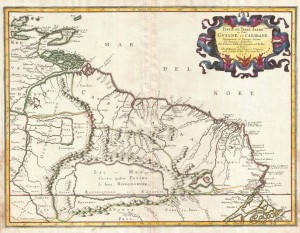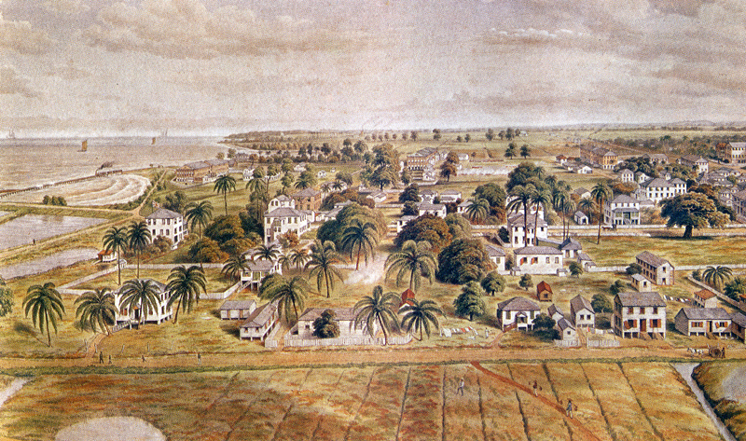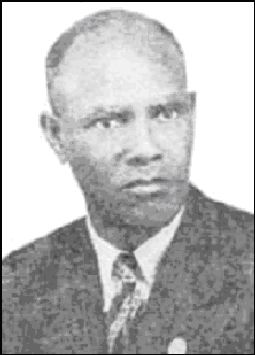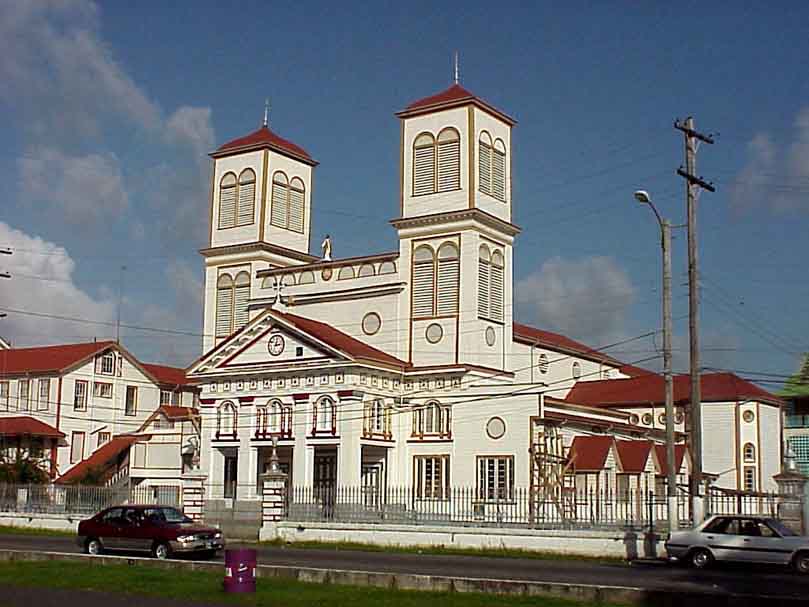The discovery and colonization of Guyana, or “Guiana” as it was formerly spelled, had its genesis at the beginning of the 16th century in the European search for treasure, rumoured to be bountiful in the New World.
While Christopher Columbus had explored sections of then unchartered territories believing he had reached parts of Old World Asia, later explorers realised they were in fact in New World territories.
Returning from these journeys, the travellers told stories of strange, advanced civilizations and their immense wealth. Ships returning from these lands were often laden with gold and other precious metals, and extraordinary and exotic artefacts that further fuelled European imagination – and greed.




